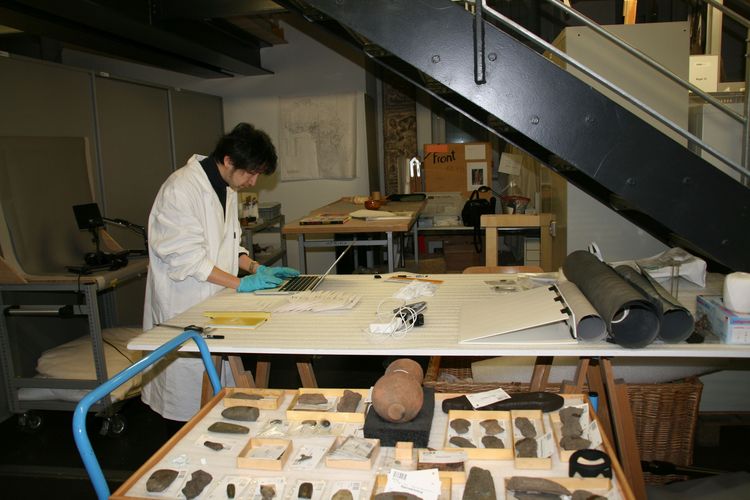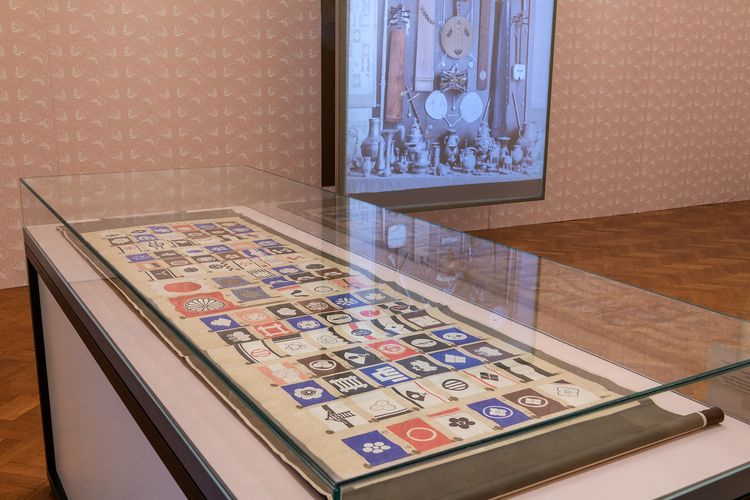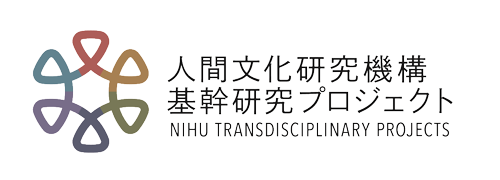About the project
The project Insights into Japan-related Overseas Artefacts and Documents from the 19th century in Europe, Research and Use: Developing the Foundation for International Collaboration in Transmitting Japanese Culture is being supported by the National Institutes for the Humanities (NIHU), Japan. The research focuses on the Heinrich von Siebolds Collection (1852–1908), which was in the possession of the predecessor institution to the Weltmuseum Wien already in 1888/89. The research project will continue until 2026 and has already made approximately 5,400 objects from the areas of art and everyday life accessible in publications, exhibitions and databases.
Under the direction of Prof. Kaori Hidaka, National Museum of Japanese History, Sakura, Japan and Dr. Bettina Zorn, Director of the East Asia Collection at the Weltmuseum Wien, a Japanese team of art historians, historians, archaeologists and cultural anthropologists are working together with colleagues in the Weltmuseum Wien on specific object groups.
Results thus far
Interesting insights were gained in all object groups: In the case of cotton textiles it was possible to identify technical innovations in machine processing of cotton fibres, which documents developments at the beginning of the Meiji-Period (1868–1912). Based on the de-ciphering of the names of artists on sculptures in the collection of Buddhist sculptures which are outside of Japan, it was possible to add to a Japanese database on Buddhist art. The Japanese musical instruments document music traditions, which had been influenced by China for centuries, developed independently and present modes. Even everyday objects such as fishing gear are fascinating objects and are highly valuable due to their rarity. There exists no fishing gear that can be dated before 1882 in Japan. Archeology and objects from the Ainu people group shine a light on research objects from the 19th century. The ceramics from the Siebold-Collection reflect the European and Japanese tastes and show different influences. Among the bronzes there are some known artists from the 19th century. More precise studies still need to be done on the archaic bronzes. The lacquer objects reflect the culture of the Edo-Period (1600–1868) and show various regional differences.
Instead of a planned international symposium in March 2020, which had to be cancelled because of Corona, a Japanese-English edition of the lectures was published under the title More insights into the Heinrich von Siebold Collection. You can find this publication at the Weltmuseum Wien library.
Duration
1st phase: April 2016 to March 2022
2nd phase: April 2022 to March 2027
Project head
Prof. Kaori Hidaka (National Museum of Japanese History)
Dr. Bettina Zorn
bettina.zorn@weltmuseumwien.at
Database
www.rekihaku.ac.jp











